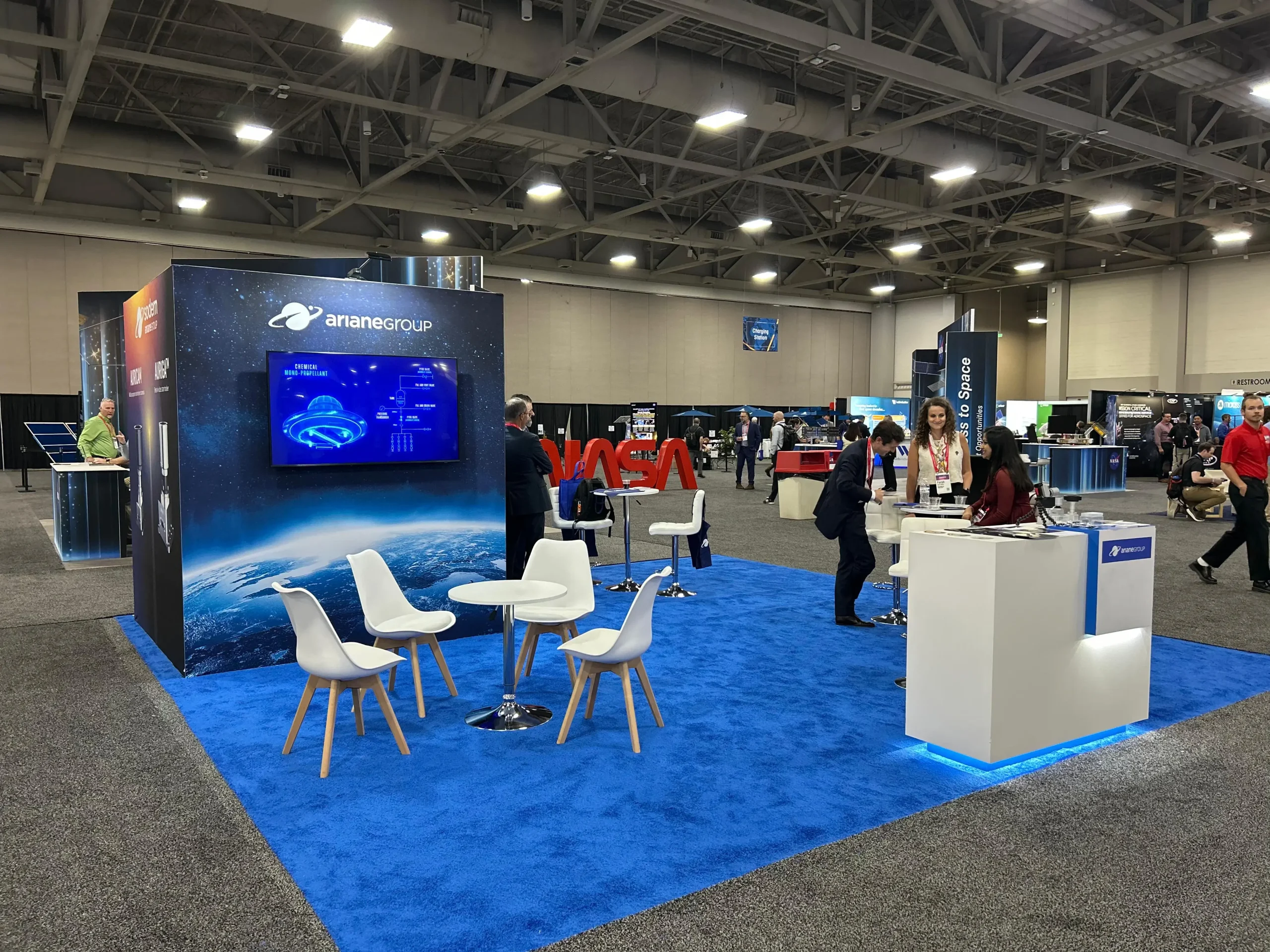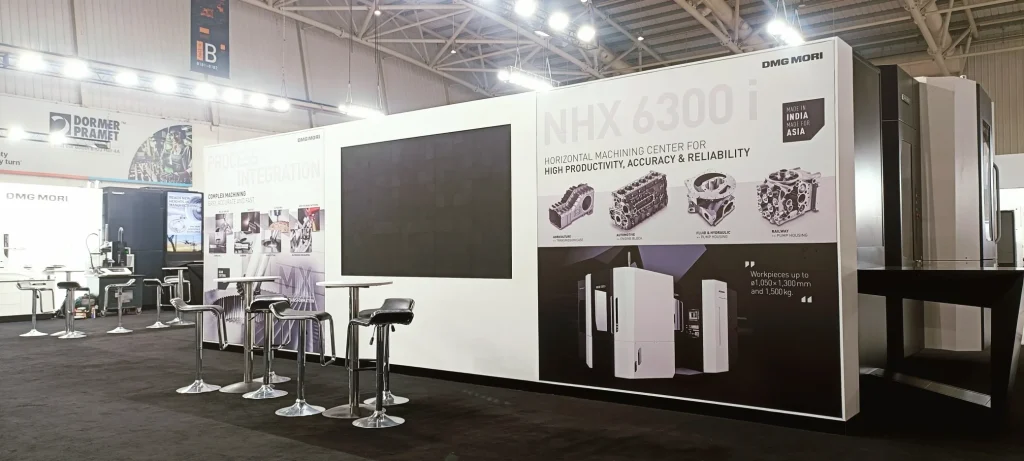
Introduction
In the ever-evolving landscape of trade show exhibits, understanding attendee reactions and engagement is crucial for exhibitors. Traditional feedback methods, such as surveys and questionnaires, often fall short in capturing real-time and genuine reactions.
Enter biometric feedback systems – a cutting-edge technology that provides immediate insights into attendee emotions and behaviors. This article explores the potential of biometric feedback systems, their applications in trade shows, and how they can revolutionize the way exhibitors understand and interact with their audience.
What Are Biometric Feedback Systems?
Biometric feedback systems utilize physiological data to measure and analyze human emotions and reactions. These systems can track various biometric signals, including:
1. Heart Rate:
Changes in heart rate can indicate excitement, stress, or relaxation.
2. Galvanic Skin Response (GSR):
GSR measures the electrical conductivity of the skin, which varies with sweat gland activity and can signal emotional arousal.
3. Facial Recognition:
Facial recognition technology can analyze expressions to detect emotions such as happiness, surprise, anger, or sadness.
4. Eye Tracking:
Eye tracking monitors where and how long a person focuses their gaze, providing insights into areas of interest and attention.
5. Voice Analysis:
Voice analysis examines changes in tone, pitch, and speed to infer emotional states.
Applications of Biometric Feedback Systems at Trade Shows
Biometric feedback systems can be integrated into trade show booths in various ways to enhance the exhibitor’s understanding of attendee reactions:
1. Interactive Displays and Demos:
By incorporating biometric sensors into interactive displays, exhibitors can gauge how attendees react to product demonstrations in real-time. For example, tracking heart rate and GSR can reveal levels of excitement or stress during a demo.
2. Emotional Analytics:
Facial recognition and voice analysis can be used to analyze attendee emotions during interactions with booth staff or presentations. This data can help exhibitors understand which aspects of their booth are most engaging or need improvement.
3. Eye-Tracking Technology:
Eye-tracking systems can be embedded in digital signage or VR experiences to determine which elements attract the most attention. This information can optimize booth design and content placement.
4. Personalized Experiences:
Biometric data can be used to tailor the booth experience to individual attendees. For instance, if an attendee shows signs of interest or excitement, the system can trigger personalized content or offers.
5. Real-Time Feedback:
Biometric feedback systems provide immediate data, allowing exhibitors to make on-the-fly adjustments to their strategies. If a particular display isn’t capturing attention, changes can be made quickly to improve engagement.
Benefits of Using Biometric Feedback Systems
The integration of biometric feedback systems at trade shows offers several benefits:
1. Accurate and Objective Data:
Biometric systems provide objective data that is less prone to biases compared to traditional feedback methods. This accuracy helps exhibitors make more informed decisions.
2. Real-Time Insights:
Immediate feedback allows for quick adjustments and improvements, enhancing the overall effectiveness of the booth and increasing attendee engagement.
3. Enhanced Understanding of Attendee Behavior:
By analyzing physiological responses, exhibitors can gain deeper insights into attendee preferences, emotions, and behaviors, leading to more effective marketing strategies.
4. Personalized Interactions:
Tailoring experiences based on real-time biometric data can create more meaningful and memorable interactions for attendees, increasing the likelihood of positive outcomes.
5. Competitive Advantage:
Utilizing advanced technology like biometric feedback systems can set exhibitors apart from competitors, positioning them as innovative and customer-focused.
Implementing Biometric Feedback Systems: Considerations and Challenges
While the benefits are clear, implementing biometric feedback systems requires careful consideration of several factors:
1. Privacy Concerns:
Collecting biometric data raises significant privacy issues. Exhibitors must ensure compliance with data protection regulations and obtain explicit consent from attendees. Clear communication about how the data will be used and stored is essential.
2. Technical Expertise:
Setting up and managing biometric feedback systems requires technical expertise. Exhibitors may need to partner with specialized vendors or invest in training for their staff.
3. Cost:
Biometric feedback systems can be expensive to implement. Exhibitors should weigh the potential benefits against the costs to determine if the investment is worthwhile.
4. Data Management:
Handling large volumes of biometric data requires robust data management and analysis tools. Exhibitors must ensure they have the infrastructure in place to process and interpret the data effectively.
5. Ethical Considerations:
The use of biometric data should be conducted ethically, respecting attendee autonomy and ensuring that the technology is used to enhance, rather than exploit, visitor experiences.
Conclusion
Biometric feedback systems represent a significant advancement in understanding attendee reactions in real-time. By providing accurate, objective, and immediate insights into emotional and physiological responses, these systems can revolutionize the way exhibitors engage with their audience.
However, the implementation of biometric technology must be approached with careful consideration of privacy, ethical, and technical challenges. When done correctly, biometric feedback systems can enhance visitor experiences, optimize booth design, and ultimately lead to more successful trade show outcomes. Embrace the potential of biometric feedback to transform your trade show interactions and stay ahead in an increasingly competitive landscape.


 US
US
 EU
EU


